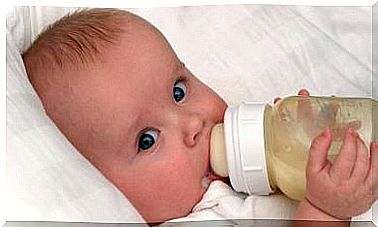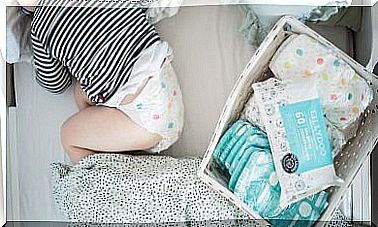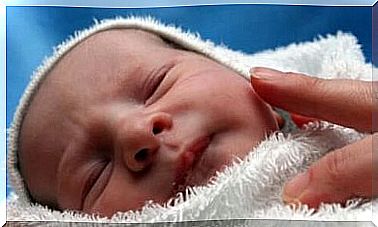Hair Loss In Newborns
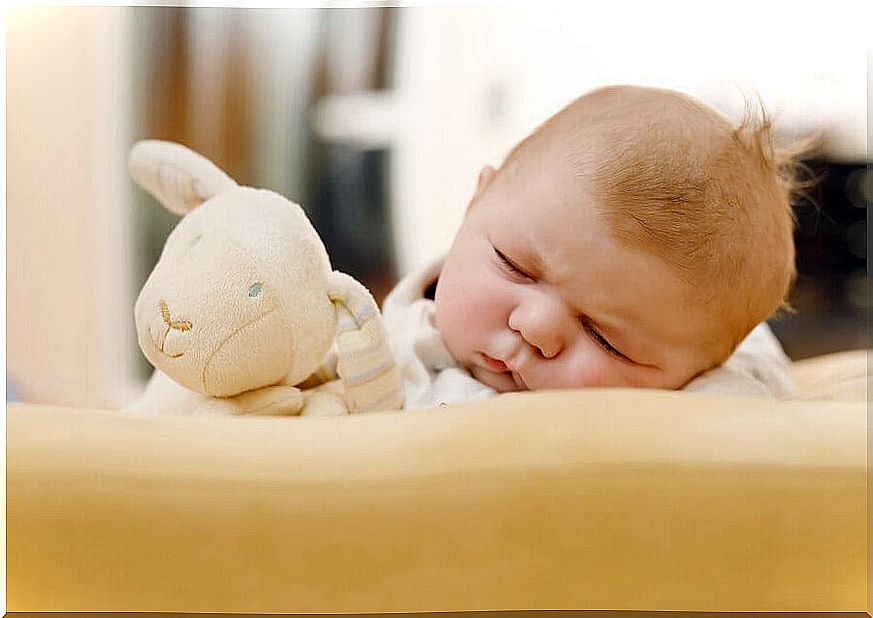
Hair loss in newborns is called telogen effluvium. This natural body process often causes a little anguish in parents; especially when it is not a total baldness, but partial and localized.
The causes of telogen effluvium are completely natural. With the exception of a few conditions associated with illness, all babies go through this process.
The ideal is to take care of the baby’s scalp and avoid cutting his hair before three months of age; newborns control their body temperature through their heads.
What Causes Hair Loss in Newborns
It never ceases to surprise how babies born with abundant hair begin to show baldness as the days go by. In most cases, parts of the hair usually appear on the pillow or chair.
Hair is not always in the growth phase. In fact, its growth period is three years, while its resting period is three months. This does not mean that all the hair grows at the same time or that it remains at rest at the same time; only between 5% and 15% of the hair is in the resting phase.
Hair loss in newborns is important to make way for new hair. While part of the hair is at rest, a part falls to make room for the new hairs. In this way, total baldness is avoided, although this risk may exist in some children.
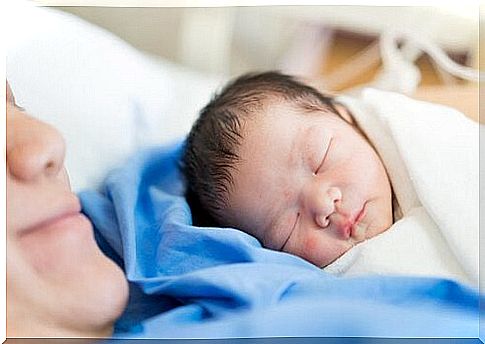
For some parents, it comes as a surprise to discover that the baby’s new hair is different from the one he was born with. Generally, hair at birth is darker and thicker than new hair; only for very light-skinned babies is the hair color similar to the real one.
When is hair loss in newborns not normal?
Hair loss in newborns is associated with diseases only in very specific cases. For example, if the scalp is red or inflamed, this could indicate the presence of a fungus.
The same happens when there is seborrhea or skin scales, a situation that can increase hair loss. In this sense, it is important not to confuse dandruff with cradle cap.
Unlike common dandruff, cradle cap is yellowish and thick. Also, it does not cause irritation and is a very common condition in newborns that usually resolves itself.
Finally, hormonal, thyroid, or ganglion disturbances may be associated with hair loss in newborns. Therefore, it is important not to minimize this phenomenon during your regular medical check-up. In addition, it is advisable to comment with the pediatrician on any physical changes that might surprise us.

How can we take care of the newborn’s hair
Babies don’t need extra care in hygiene. Daily bathing not only keeps them clean, it also helps them to relax. For baby hair care, there are some important tips to remember:
- Use special shampoo or baby shampoo. Most experts recommend the use of neutral soaps and shampoos, that is, without the addition of fragrances or dyes. In this way, any allergic reaction is avoided. Babies’ skin is very delicate in the first few months and so is their scalp.
- Bathe with warm water. The bath water should be at an ideal temperature, neither too cold nor too hot. A hot bath will encourage hair loss as it helps to open the follicles.
- Massage the scalp carefully. Massages stimulate the scalp, although they can also make fragile hair fall out faster. Likewise, massages are also helpful when cradle cap is present.
- Vary the baby’s sleeping position. Changes in the baby’s sleeping position offer the advantage that baldness is not more pronounced on one side than the other. The position must also be changed when the baby is sitting in the rest chair.
In short
Hair loss in newborns is not a situation that should cause a parent concern, except in a few cases. In the short term, you will find that new hairs will appear and that your head will look as usual again.


